The Dragon Ball Super Card Game (DBSCG) is a one-versus-one competitive trading card game that features characters from every iteration of the Dragon Ball universe. Players put together decks containing one Leader Card and between 50 to 60 Battle/Extra/Unison Cards. The game’s objective is to deal enough damage to the opponent’s Leader Card, reducing their life points to zero and winning the match. This guide will provide a general overview of the game, so prospective players of the DBSCG can jump into the action.
Card types
- Leader Cards – The core of your Deck, placed on the field at the beginning of each match. This card represents you in the game, so you can only include one per deck.
- Battle Cards – Essential for the purpose of battling, typically feature the bulk of your Deck. These are considered to be your allies on the field.
- Unison Cards – Employed to fight alongside your Leader Card in the Unison Area. In-game markers are added or removed to unleash Union Skills.
- Extra Cards – Provide special effects to supplement you during the match.
Cards are easily identifiable via the card frame and the type on the top-right of every card (Battle, Extra, Unison, Leader). Also, the top left number signifies the Energy Requirement needed for attacking the enemy; card features, including Power and Skills, are located at the bottom.
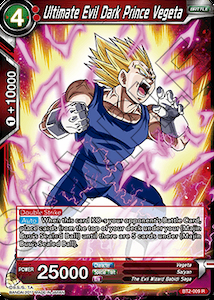
Game sheet
- Leader Area – Place your Leader Card here, face-up, at the start of the match
- Battle Area – This is where you place your Battle Cards.
- Combo Area – Take cards from your hand or Battle Area and place them here to send them into Combo.
- Energy Area – Place face up and up-side-down.
- Drop Area – This is where you place your discarded cards (cards defeated in combat).
- Deck Area – Place your deck here, cards face-down.
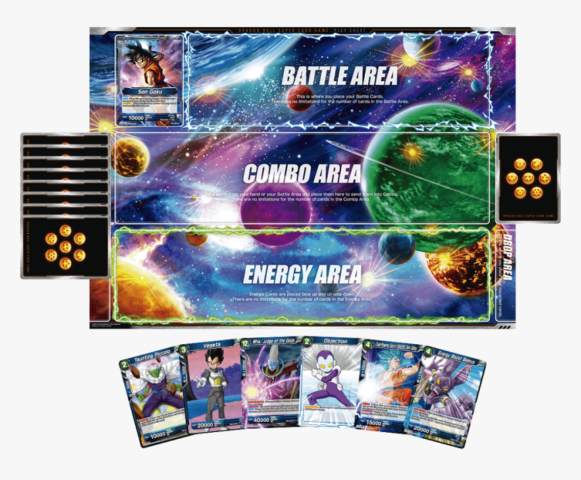
Preparing for battle
- To begin the match, place your Leader Card face-up in your Leader Area, in Active Mode, then place the rest of your Deck face-down in your Deck Area.
- Decide which player goes first.
- Draw six cards from your Deck — these cards are your starting hand.
- Throughout the match, you’re entitled to one opportunity to re-draw; return any number of cards in your Deck, shuffle, then pull from your Deck the same number of cards you initially placed into your deck. This is also known as a Mulligan.
- Grab and pace the next eight cards from the top of your Deck into your Life Area face-down. These eight cards signify the number of lives you have. You’re unable to peek at these cards during the match.
- Begin the match!
Game progression
Each turn follows the following three phases, with players alternating each turn.
Charge Phase (Draw phase)
- The beginning of the first phase — proceed to switch all of your Rest Mode cards to Active Mode (turning them horizontally to vertically). On the very first turn, there’s nothing to turn, so continue on.
- Draw one card from your deck. The starting player can’t draw on the first turn, so continue on. There is no limitation to the number of cards in your hand.
- Place one card from your hand into your Energy Area in Active Mode. Make sure to place these cards upside-down to set them apart from your other cards. You may elect not to do so, and there is no limitation on the number of cards in your Energy Area.
Main Phase (Combat phase)
Carry out the following actions as many times as you like during this phase, in any order.
- Play Battle or Unison Cards from your hand into your Battle Area.
- Activate card skills.
- Activate your Leader Card’s Awaken or Wish skill.
- Start battles.
- Proceed to the End Phase.
Essentially, battling is made up of the following three steps.
- Offensive Step – The attacking side’s step. The attacking player can Combo, activate skills, and Awaken or Wish their Leader Card.
- Defense Step – The defending side’s step. The defending player can also Combo, activate skills, and Awaken or Wish their Leader Card to counter the opponent’s actions.
- Damage Step – Compare the power of the two battling cards and decide the winner.
End Phase
Proceed to your opponent’s turn, and rinse and repeat until one of you emerges victorious.
Gameplay tips
In utilizing the Combo Area and your Combo Cards, you can combo them with your Battle Cards to get a power boost equal to their total combined power. For instance, whenever you attack or defend in battle, you can compound the card’s power in the Combo Area to the card in your Battle Area, thus maximizing your Power Level for that specific attack. Mastering Combo Cards is important for conquering matches.
Whenever you place cards in your Energy Area on the field, you turn them into Energy. Turning them sideways is how to pay for Energy Costs. For instance, take a look at the top left corner of one of your Battle Cards; there is a number residing on a Dragon Ball radar, as mentioned at the beginning of this guide. This number signifies the energy cost of the card. So, whenever you’re ready to attack with a Battle Card in your Battle Area, you’ll need to honor the energy requirement in the top left corner (number and color), in order to attack one of your opponent’s cards on the field. You can attack your opponent’s Battle Cards (in the Battle Area) or Leader Card (in the Leader Area).
In order to Awaken your Leader card, the Awaken description will need to be satisfied, as noted on the front of the card. For example — Awaken: When your life is at four or less, you may draw two cards and flip this card over. As a result, your Leader Card has been Awakened. Essentially, Leader cards awaken whenever you’ve lost enough of your Life cards so that the tide of the battle can turn in your favor, giving you an opportunity to bounce back if things aren’t going your way in the match.
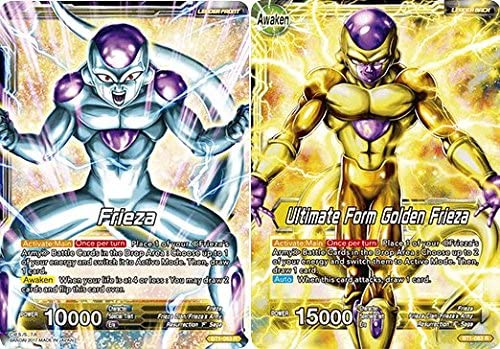
Victory conditions
- As mentioned, each player starts out with eight life cards, and eliminating all of your opponent’s life cards is how to emerge victoriously.
- When Battle Cards and Leader Cards fight, compare the Power Level, found at the bottom left of each card — the card with the higher Power Level wins.
- Whenever your opponent’s Leader Card is defeated in battle, they lose one of their eight life cards.

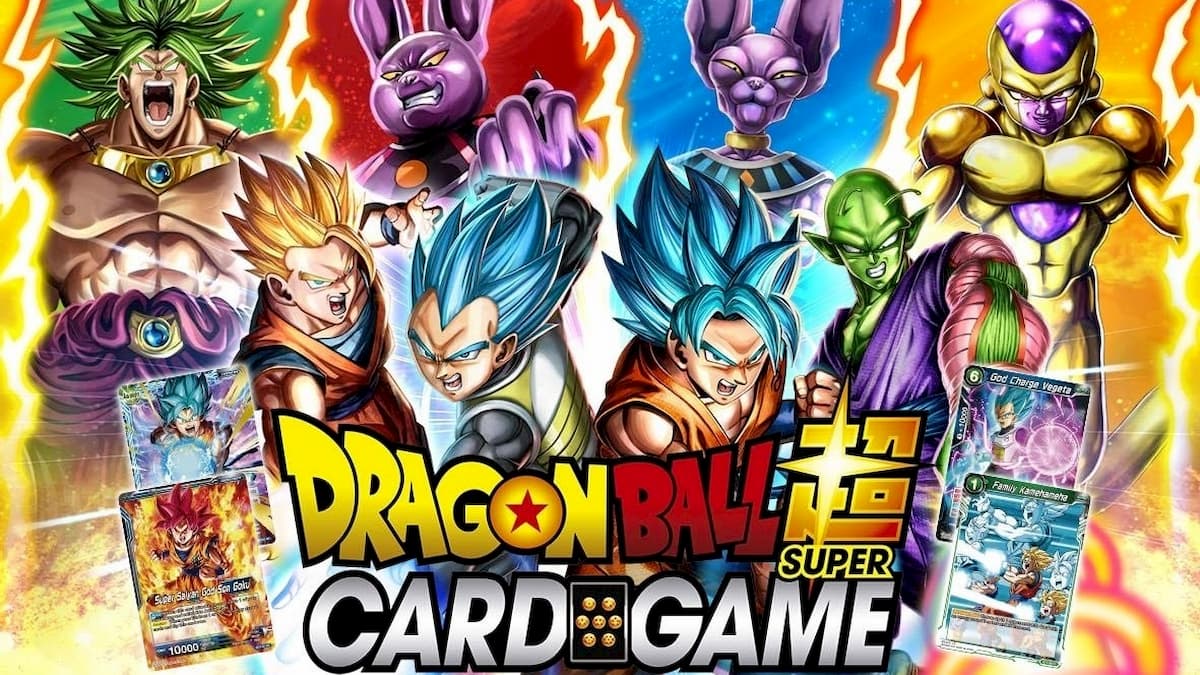

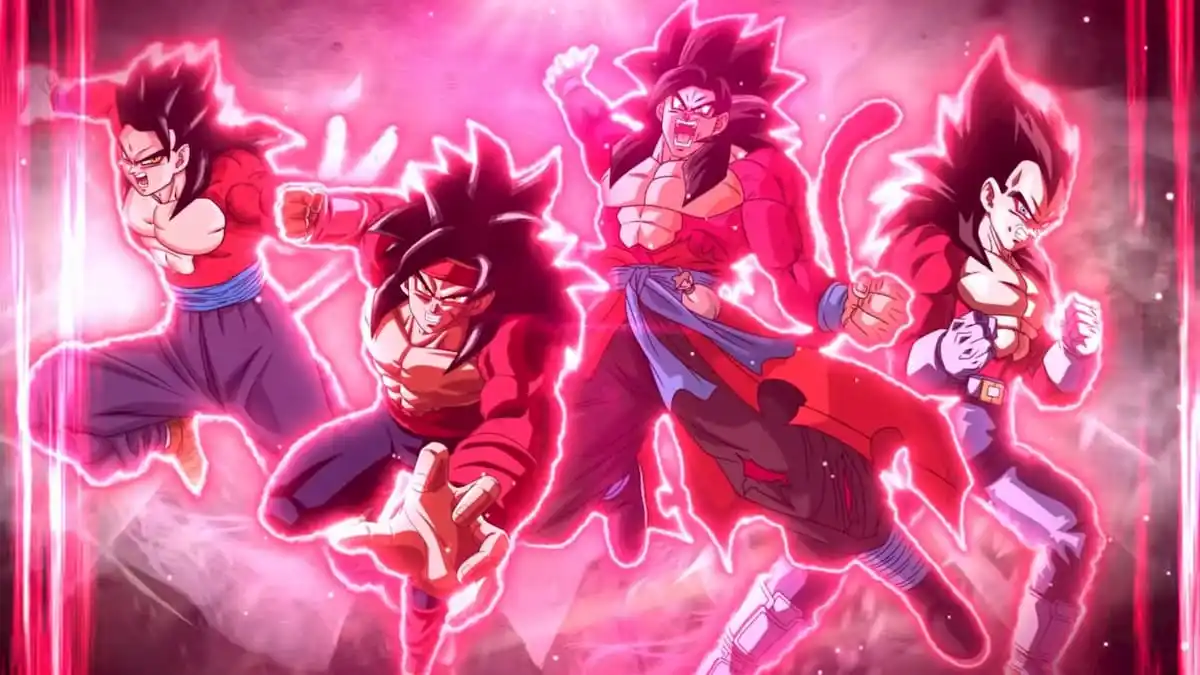
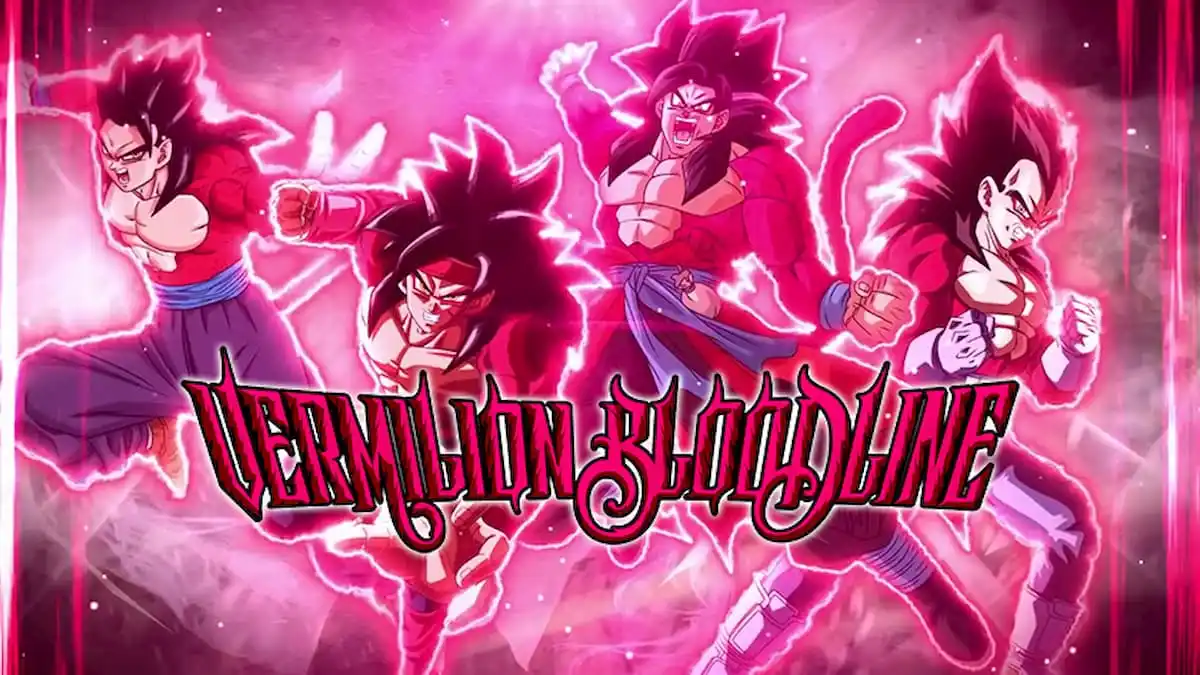
Published: Dec 10, 2020 10:45 pm